The warm winds that have blown our way for the last few days have been awakening. Geese flocked by overhead, bird activity in general is picking up, and chipmunks have been seen. I’m not sure if the juncos have flown away yet, but the red-winged blackbirds are back. Record high temperatures were tied in several local areas yesterday. It was in the mid-70s, well above normal. Now, it’s one day away from the calendar start of Spring and flowers have started blooming.
Although wildeherb concentrates on the wild herbs or plants that you might find blooming on a hike in the woods or other natural area, sometimes garden variety plants are included. It’s only natural to relate what we find out in nature to what’s going on in the flower beds or vegetable garden.
Our first-blooming plant was a bulb, the snowdrop. The first snowdrop was spotted blooming on March 12th and it has bloomed for a week now. These are hearty little flowers that you can sometimes see blooming in the snow. Once their blossoms are seen, the thawing of Spring can be felt.
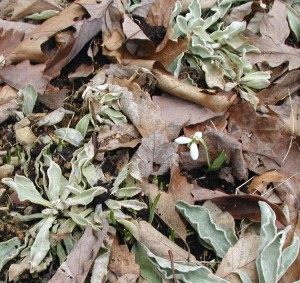
The snowdrop bulbs were planted in a bed where the heritage flower grows. You can see the crumpled-looking, velvety leaves of the first year rosettes that have overwintered. They will sprout long stalks with beautiful magneta flowers in May-June.
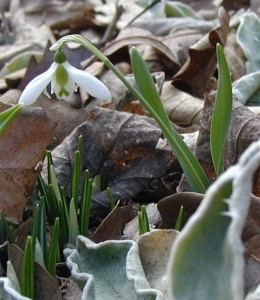
The snowdrop flower opens up its three petals on sunny days. On cloudy days the petals remain dangling. The linear leaves are broad compared to the shorter, variegated ones of the crocus bulbs that are just starting to develop blossoms underneath the snow drop flower above.
Pennsylvania bittercress was first spotted blooming yesterday, 18Mar2011. Its miniscule flowers are quite low to the ground.
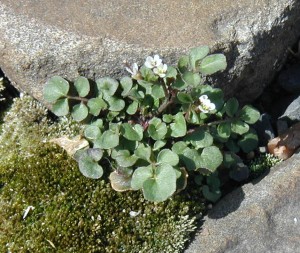
In our little micro-climate the first blooming garden plant is the snowdrop and the first natural plant to bloom is the Pennsylvania bittercress. With respect to first-blooming times, the plant pictured here most likely had an advantage living among the warm flagstones and sand. No bittercress plants were found blooming in the yard away from the heat of the rocks next to the house.
Photo taken 19Mar2011.

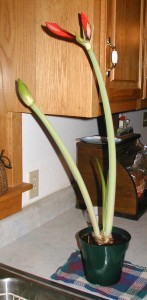

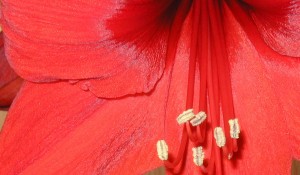
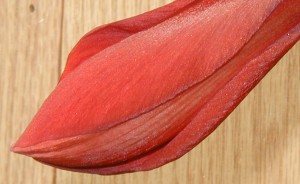
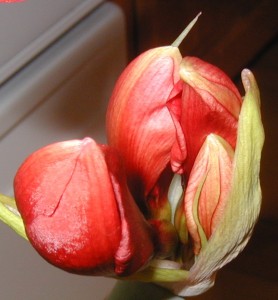
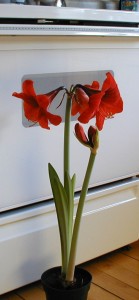
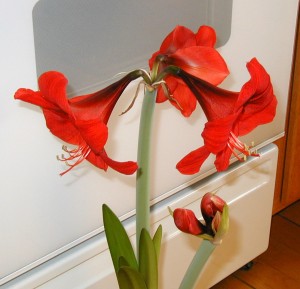
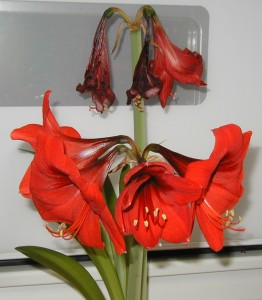
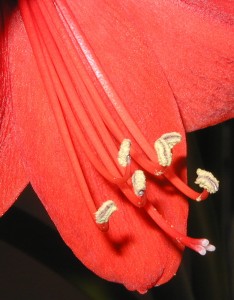
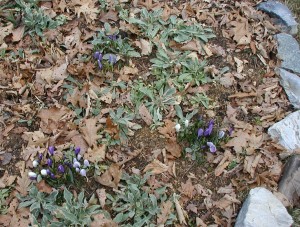
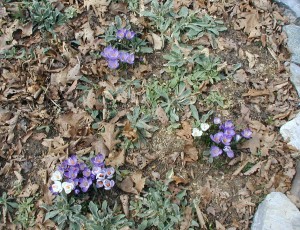
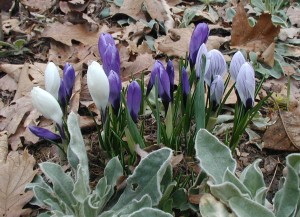
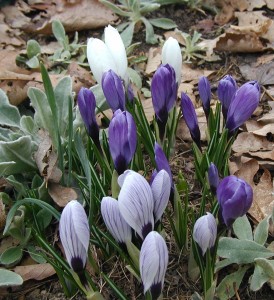
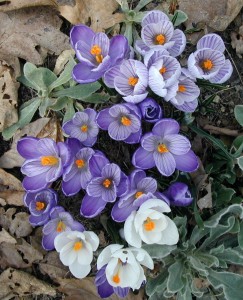
![Reblog this post [with Zemanta]](http://img.zemanta.com/reblog_e.png?x-id=9e7aef1a-da45-44e1-8fbb-0ebaf5003afa)